A spark plug needs to have a good gap between electrodes before we install it in the engine. When you buy a spark plug, you need to check the gap first and adjust it accordingly.
So, are spark plug gaps preset? Most spark plugs come with a preset gap. However, a preset gap does not mean the right gap. Different engines and applications have different spark plug gap requirements.
So, most of the time, one has to gap the spark plug again before installing the spark plug.
Let’s dig a bit deeper into spark plug gaps.
Do spark plugs come with a preset gap?
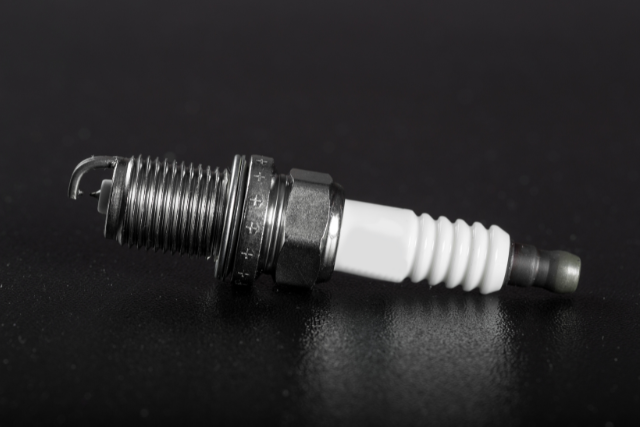
Most spark plugs do come with a preset gap.
Manufacturers gap the spark plug according to the spark plug’s most traditional use. The preset gap helps the spark plug to work perfectly fine when used for the intended engine.
Also, as long as the gap between the two electrodes – center and the ground (side) is not zero, it is kind of a preset gap only, isn’t it?
Even if the preset gap has some significance for a specific type of engine, it still makes no impact when you are using it for a different type of engine or application.
What I am trying to say is:
The preset gap is not the right gap for most engines.
You know why is that.
Still, let’s dive into why the preset gap can be misleading.
The preset gap does not mean the right gap
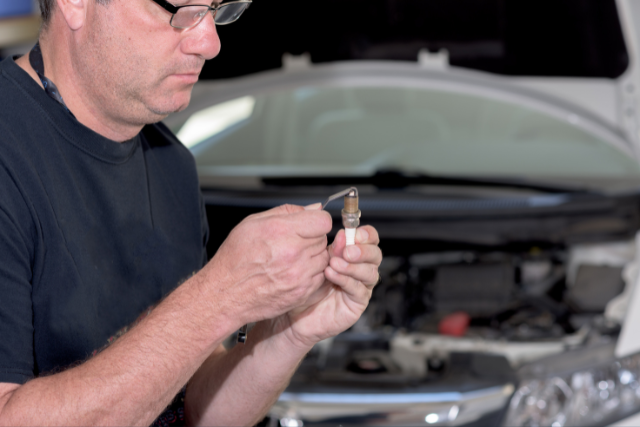
Each engine, be it in an automobile – car or motorcycle, or in a piece of machinery and equipment like a lawn mower, works optimally at a certain spark plug gap.
Even within the same engine types – say motorcycle engines, different make and models demand different spark plug gap specifications.
Sure. For motorcycle engines, the specifications will most likely be similar. Or at least in a narrow range.
Using a spark plug with a preset gap and with no further gapping might not cause catastrophic damage. But still, a spark plug gap that is too big or a gap that is too small will still cause problems in the engine performance.
Why spark plug gaps are so important
Too big a spark plug gap draws too much power and is inefficient ignition. Too small a spark plug gap can lead to incomplete combustion or engine misfiring.
Either way, it is always desirable to have the spark plug gap set to the required specification rather than leaving it in the preset condition.
To reiterate, although a spark plug gap is preset, it might not be the right gap for the engine.
The preset gap can either be too big or too small when compared to the required gap specification.
So, check the owner’s manual to know the ideal spark plug gap range first. Then compare it with the preset spark plug gap.
If the preset gap is too big, reduce the gap. If the preset gap on the other hand is too small, widen the spark plug gap. For more details, here is a post on gapping the spark plugs.
What is the ideal spark plug gap?
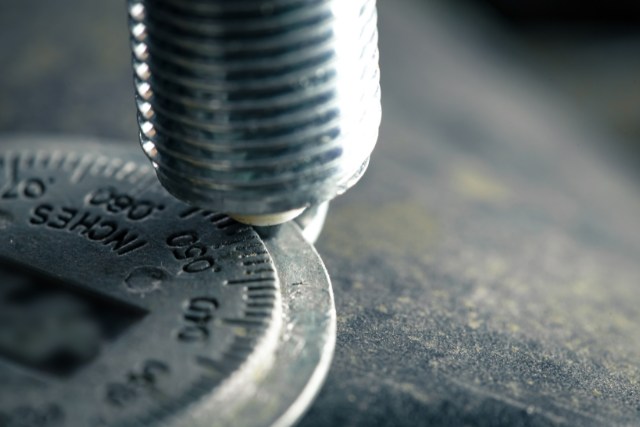
Different automobiles and applications will have different ideal spark plug gap ranges.
Even within the same engine types, there can be a huge variance in the required gap specifications.
For motorcycles, the typical spark plug gap is recommended between 0.8mm to 1.0mm (0.031 inches to 0.039 inches).
However, the best way to check the recommended spark plug gap is to look up the user manual for your motorcycle. Here is an example of the recommended spark plug range for a Harley Davidson model.
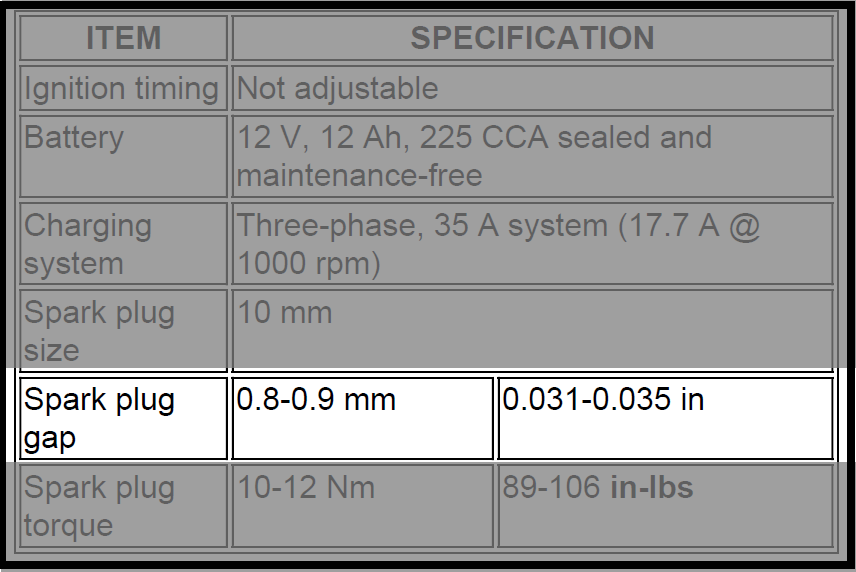
While different manufacturers might recommend different spark plug gaps, the usual recommendation for the gap is between 0.8 mm to 1.5 mm depending on the automobile and application. On the imperial scale, the spark plug gap range will be bound between 0.03 inches to 0.06 inches.
Are all spark plugs gapped the same?
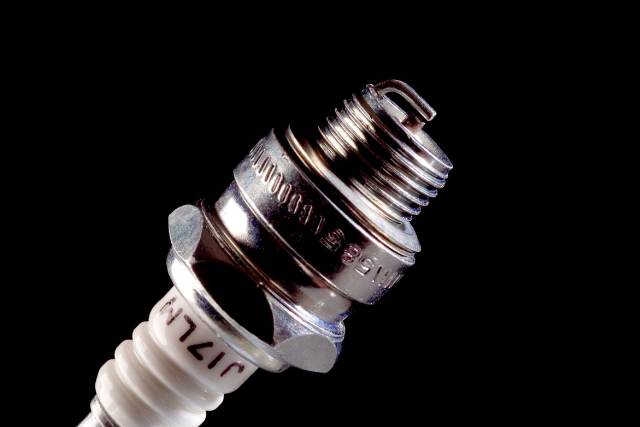
Not at all.
All spark plug gaps are not gapped the same. Even the preset gap varies from spark plug manufacturer to manufacturer.
Heck, even the same manufacturer can preset different gaps for different types of spark plugs.
So yeah, spark plugs are not at all gapped the same. Even the preset gap.
That should provide you with even more incentive to gap the spark plug before installing.
Do you need to set the gap again before installing the spark plug?
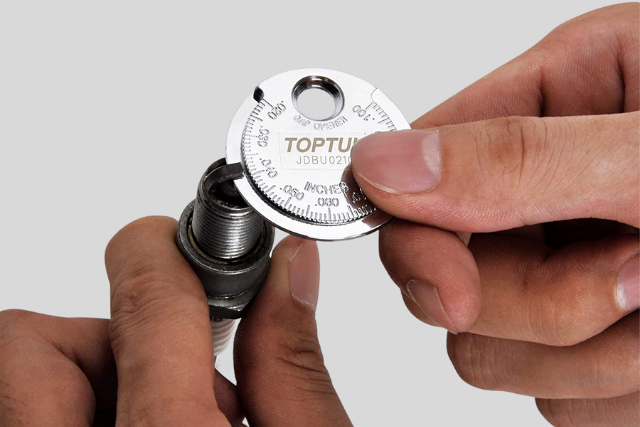
Of course. You need to set the gap again before installing the spark plug.
Haven’t you been listening to this post?
A preset gap does not necessarily mean the right gap for your engine. So you need to set the gap again, this time to the required specification, and then install the spark plug.
Sure, the preset gap might actually be the right gap sometimes. Or the preset gap lies in the required spark plug gap range. But it is not a given.
You need to check the manual and measure the preset gap to be sure. If it is not the same, you must gap the spark plug again and then install it.
Conclusion
Most spark plugs do come with a preset gap.
But since the usage and application of spark plugs vary from one type of engine to the other, the preset gap does not hold much importance.
A preset gap may not necessarily be the right gap for the engine.
In fact, it is highly likely that the preset gap is either too big or too small than the recommended gap specification.
So always check the preset gap against the recommended gap specification from your owner’s manual. If the gaps are not matching, gap the spark plug again accordingly. And only then, install the spark plug.
